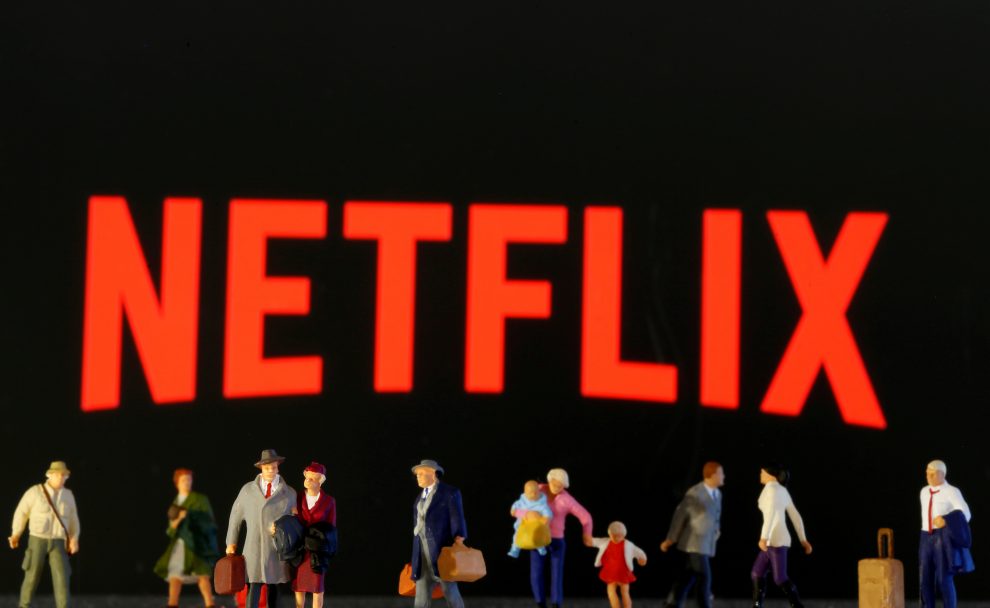Educating consumers about the risks of malware could reduce Asia-Pacific entertainment piracy by nearly a third, a copyright holders’ advocacy group said on Friday.
A study by Cyberstronomy found a typical user visiting pirate sites would be infected by ransomware, trojan files and other threats within 42 seconds on a Windows machine, and 78 seconds on an Android device.
The study found that educating consumers about malware risks from visiting piracy sites or using piracy apps could reduce malware infections by 31%.
Melbourne-based Cyberstronomy said it applied variables linking demographic data, cybersecurity knowledge and perceived risks from a sample of more than 5,000 people around the Asia-Pacific region.
Risk Strategies
The Asia Video Industry Association (AVIA), a lobby group that commissioned the study, said the object was to outline some strategies to reduce risk for consumers, and indicate regulatory measures which may assist.
AVIA urged authorities to reduce malware infections by inhibiting the accessibility of pirate sites, reducing the rewards and making such sites more difficult to operate.
“The results support the hypothesis that there is a nexus between piracy and malware infections, where site operators generate significant revenue from allowing malicious ads to be placed on their sites,” AVIA said.
“Malware authors can in turn gain access to consumer PCs and mobile devices, and all of the data held in storage, but also access to banking login details and other sensitive logins.”
Significant Impact
AVIA said piracy continues to cause a significant financial impact on the entertainment industry, especially misuse of streaming websites and applications.
“Illicit sites and applications, in turn, are funded by advertising, creating an enormous business opportunity for organised crime, while at the same time depriving rights holders and creators of their income,” the group said.
“This reduces the incentive for investment in the industry and reduces the rewards for creatives and artists around the world.”
A 2021 report by the online consumer safety group Digital Citizens Alliance and brand safety specialist White Bullet Solutions found that illicit streaming websites and apps were generating an estimated $1.34 billion in annual revenues through advertising.
The top eight US media groups, including Netflix, Apple and Disney+, expect to spend at least $115 billion on new movies and television shows in 2022.
- George Russell
READ MORE:
Netflix, Robinhood Hit as Global Outage Disrupts Amazon Cloud
Korean Broadband Firm Sues Netflix After Traffic Surge From ‘Squid Game’
Streaming service Netflix moves to stop password sharing
























